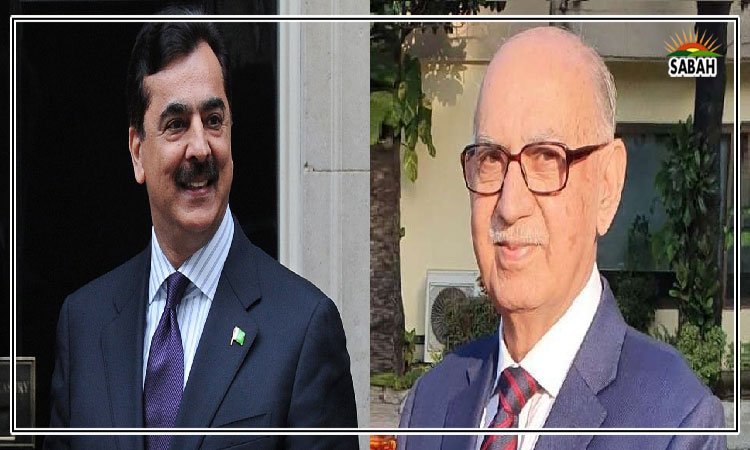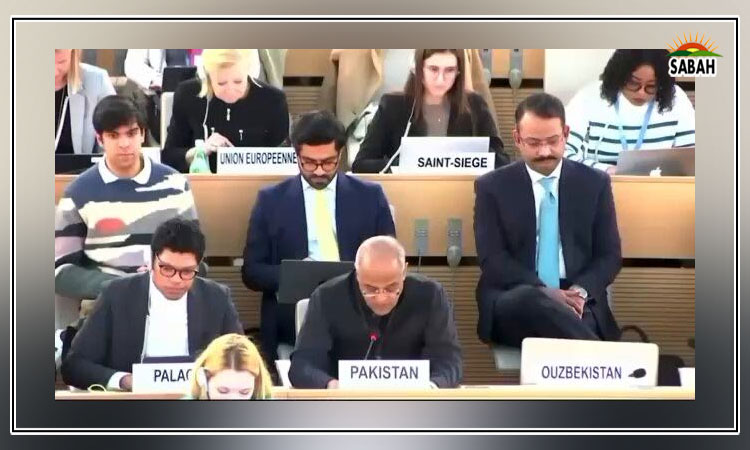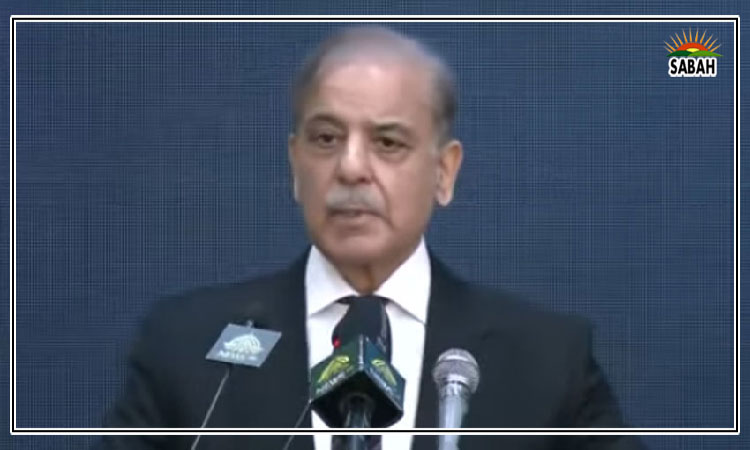Nato is a key US tool to drive up its arms sales …. Azhar Azam
A “robust and flexible” defence industry lies at the centre of Nato’s “core business” — deterrence and defence. Marking 75 years of the military alliance, Nato leaders recently convened in Washington and committed to accelerate the growth of industrial capacity and production across member states.
Over the years, Nato has become a tool for the US to drive up the sales of its defence companies. For decades, the military coalition has been creating a market for US arms and by urging allies to increase their defence spending to 2% of GDP, it seeks to provide America with a thriving defence industry.
More than two-thirds of Europe’s defence acquisitions or $140 billion in last two years, revealed outgoing Secretary General Jens Stoltenberg, were made from US companies, showcasing how crisis on European shores was helping the powerful US military-industrial complex to advance its objectives.
The Ukraine conflict has allowed America’s defence industry to witness a boom at the expense of Nato’s European allies, as by end of last year, new contracts to supply arms to Ukraine or backfill the US weapons had started to flow to US defence contractors.
Industrial production in US defence and space sector had increased 17.5% since the onset of the Ukraine conflict in February; it continues to rise, reaching nearly 10% above its year-earlier level in May. The US officials have acknowledged “bulk of this money is going right back into the US economy to make those weapons including good paying jobs”.
Several analyses also found much of the assistance appropriated by Congress to Ukraine had returned to America — benefitting domestic arms industry, offering once-in-a-generation opportunity and injecting 0.5% of one year’s GDP into the US defence industrial base over several years.
While Washington and allies, since 24 February 2022, have provided $51.2 billion in military assistance to Kyiv, in financial year 2023 it alone struck arms deals of $80.9 billion, mostly with European countries. This underscores America’s defence industry is being boosted by the Biden Administration’s military aid to Ukraine as well as arms sales to Europe, whose major arms imports have doubled.
Nato’s expansion and Israel’s relentless brutality against Palestinians too are opportunities for the US to push the demand of its arms sales.
Adding financial and humanitarian support, non-US states have provided significantly more than the US, boasted Stoltenberg; still, they are threatened by Donald Trump who encouraged Russia “to do whatever the hell they want” to Europe with his skepticism of Ukraine, Nato and the EU.
Biden and Trump have divergent approaches toward Nato; but both seek to maximise from this “generational type investment”. And Nato is helping the US to realise its goal of boosting its arms sales. Stoltenberg’s assertion “the paradox is that the longer we plan, and the longer we commit, the sooner Ukraine can have peace” and the alliance’s intent to “provide a minimum baseline funding of €40 billion within the next year” to Ukraine describe that the US defence factories will keep producing arms to fuel the war in Europe for at least another year.
Earlier this year, US Defense Secretary Lloyd Austin called Nato “the most powerful and successful alliance” in history with Stoltenberg echoing his assertion at the Washington Summit. But alliance’s humiliating withdrawal from Afghanistan busts these claims, exposing a veiled coordination between the US and Nato to issue a “blank cheque” to the US arms industry.
In fact, Nato, supposed to create “shield against aggression”, has botched miserably in its military missions, spreading chaos, instability and horror across countries through its illegal invasions, failed operations and killing of civilians. It continues to face a failure in its biggest cold war test in Ukraine for the alliance never chose the path of peace and pursued a zero-sum mindset of victory against Russia.
Nato is trying to expand its footprint in Asia-Pacific over munitions supplied by North Korea to Russia and Beijing’s “sharing (of) high-end technologies” with Moscow. As US attempts to link the treaty’s Article 5 of collective security with regional security to push its defence sales, such efforts could stoke confrontation with China and divide the world in global blocs.
Due to America’s bloody and futile history of interventions, many Americans especially the post-cold war generation don’t want to see their country more involved in conflicts and wars or playing the role of the “world’s policeman”. Positive views of Nato in several countries including the US, France, Germany and the UK are plunging as a result of its deadly invasions that have brought starvation, destruction and death to civilians. Nato’s own polling has found that the number of citizens who would vote for staying in the alliance has declined with a surge in those who would vote for leaving it.
With $1.3 trillion of defence spending — mostly by the US, thanks to massive defence sales — Nato is by far the world’s largest military alliance. As Washington forces Brussels into spending more on its defence and finding a military solution in Ukraine, this ambition is driven by America’s desire to extend its lead as the world’s biggest trader of arms.
The approaches of existing and former US presidents are no different from each other as both of them have incorporated a strong “defense industrial base” in their respective national security strategies. This policy to help flourish the corrupting influence of the US military-industrial complex is at odds even with country’s own President Dwight Eisenhower who in his 1961 farewell address warned against this dangerous phenomenon and will undercut economy and geo-economic role of EU, which is the world’s largest exporter of manufactured goods and services and the biggest export market for 80 countries.
Courtesy Express Tribune












